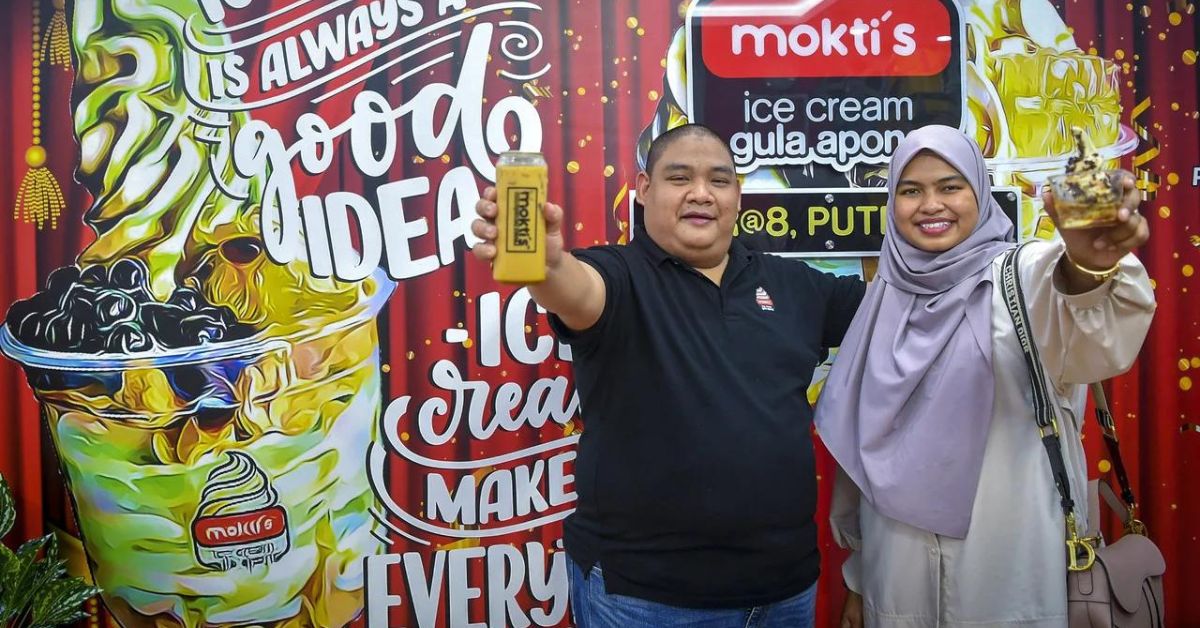iPhone users, rejoice! Apple Pay has finally made its way onto Malaysian shores.
As a loyal iPhone user myself, I obviously had to try it out the moment I got the news that it was operational. Opening up the Wallet app, preinstalled on my phone, I was greeted by a screen that says “Get Started With Apple Pay”.
However, the minor hassle I’d soon face would dampen my excitement a little.
For some reason, after I entered my card details, the only way I could verify my card would be to call my bank, Maybank. I don’t mind calling them, but my colleagues shared that they had more verification options, including through a simple text message.
I ended up waiting for around 30 minutes while being on hold, until I finally got to talk to someone who was decidedly not an automated or pre-recorded message.

I was pleasantly surprised though at how informed the phone operator was regarding Apple Pay, considering how it had just launched. She asked for my name, my card number, and my bank account number.
Interestingly, she also asked for what model of iPhone I was using (a 12 Pro), and what name it was under (Claudia’s iPhone).
Just a few short minutes later, she informed me the verification was done, and lo and behold, I immediately received notifications from my wallet as well as from Maybank regarding the success of the verification.

Out of the six iPhone users in our office (including myself), only two of us couldn’t access the text message verification feature.
So, I asked the operator why my colleagues could verify their cards over text, and she told me it was just something to do with Apple Pay’s system.
Not quite the answer I was hoping for, but at least we could move onto the fun part now.
Here’s how it works
Those more familiar with Samsung Pay would be glad to know that Apple Pay essentially works the same, by using the phone’s Near Field Communication (NFC) technology.
Thus, it should work just like contactless payments or payWave, meaning any establishment that takes payWave would be able to accept Apple Pay.

I activated my Apple Pay just before lunchtime, so we decided what better way to test it out than during lunch? Over to McDonald’s we went, and after placing our orders at the kiosk, we selected the option to pay with a credit or debit card.
I opened up the Wallet app on my iPhone and it immediately recognised that I was by a card reader as the message “double-click to pay” popped up.
Double-clicking the power button basically activates Face ID, so I had to quickly lower my mask to verify my identity.
When I brought it towards my face, it alerted me to bring it closer to the reader. Once I did that, the payment immediately went through.
Everything happened so quickly it was even tough for us to snap pictures of each step in the process. Interestingly, I didn’t even need to press my phone flat or close to the reader for the transaction to happen quickly and seamlessly.
Based on my colleague’s experience with Samsung Pay, I know she’s struggled in the past to get her digital wallet read.
However, that may be just due to the type of phone she has (Samsung Galaxy Flip3), and we’ve not yet tested this out with an unfoldable Samsung phone to confirm anything.
All in all, Apple Pay was really as simple as using a card, but maybe with an extra step in the way. Still, it’s more convenient than QR pay in my opinion.
After making the payment, I got a notification from both Maybank and Wallet about the purchase.
Another contactless payment option
Initially released in October 2014 in the US, Apple Pay’s introduction in Malaysia has been a long time coming.
Almost eight years since its inception, Apple Pay now joins a slew of many other ways to pay in Malaysia.
I wonder if the adoption rate would be high, though, considering the fact that e-wallets such as Touch ‘n Go eWallet, GrabPay, and even airasia pocket are offering other rewards that make using the apps more beneficial.

Regardless, it’s better late than never with Apple Pay. At least Malaysia is only the second country in Southeast Asia to get Apple Pay (no prizes for those who can guess who the first is…).
Right now, there are three banks in Malaysia whose cards are supported on Apple Pay—Maybank, Ambank, and Standard Chartered. Curiously, Apple Pay in Malaysia still doesn’t support American Express cards, as pointed out by one of my colleagues.
In any case, it’s a nice option to have if I choose to forgo bringing my purse and haven’t topped up my e-wallet balance.
All image credits: Vulcan Post









